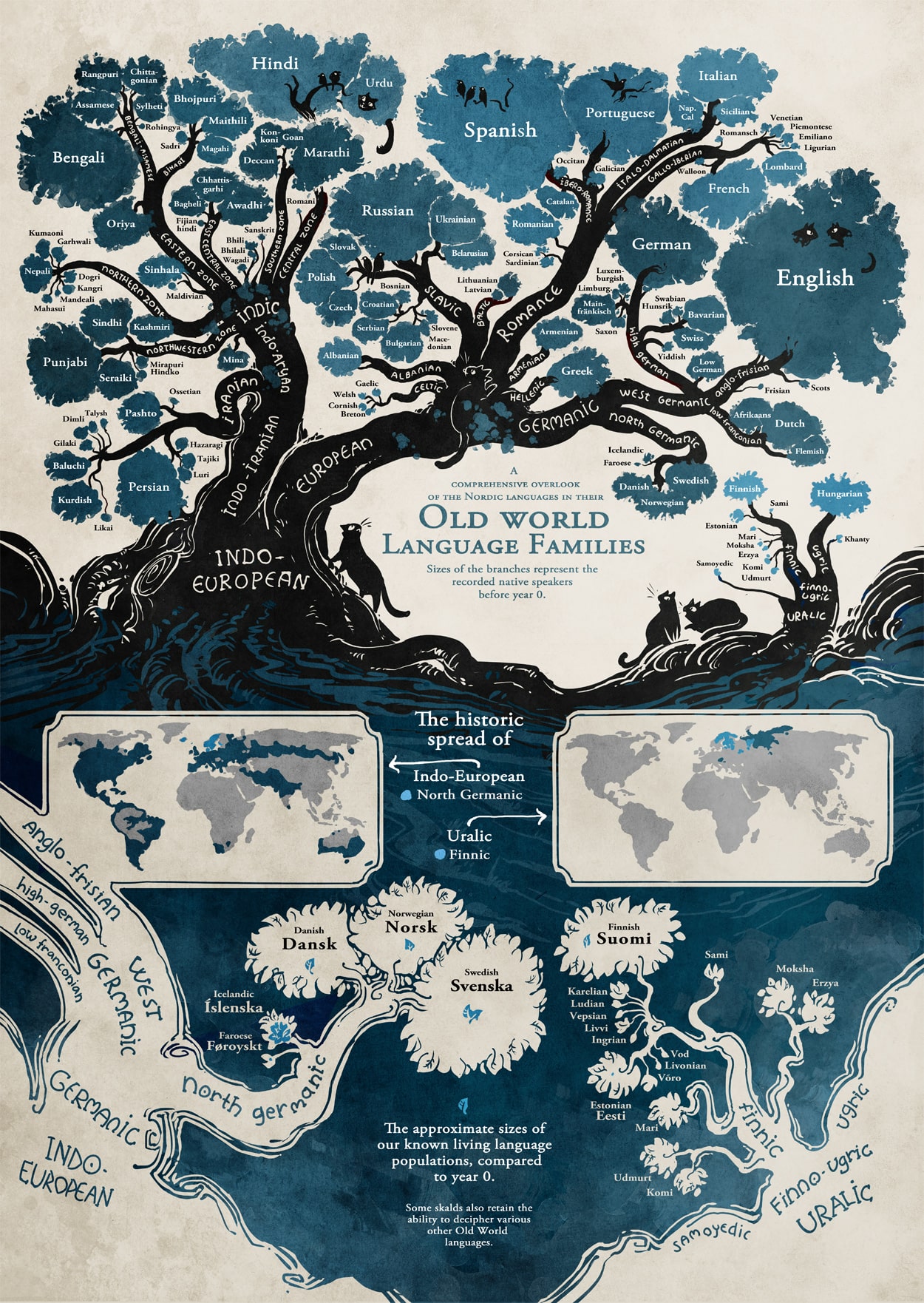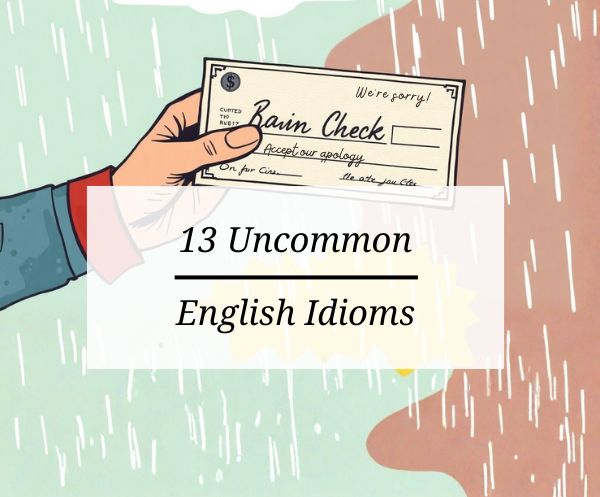Sometimes, the most unexpected finds can offer the richest journeys into our past. That’s precisely what happened when I came across a captivating poster that maps out the lineage of our spoken heritage. You can explore this treasure for yourself on the Stand Still Stay Silent Comic website. The moment I laid eyes on it, I was enchanted by its intricate design and profound storytelling. It’s a language evolution tree, and it’s as intriguing as it sounds!

What Are Indo-European Languages?
Indo-European languages form a vast branchwork of linguistic heritage that spans much of our globe. They encompass the familiar cadences of English, the romantic lilt of Italian, the poetic rhythm of Persian, and many more. Picture a tree where each branch is a language, each twig a dialect, and each leaf a word. That’s the Indo-European family for you. It’s a tree that has put down roots in nearly every corner of Europe and parts of Asia.
Tracing Back to the Roots
The Ancient Wanderers
This story begins millennia ago, with groups of nomads who likely didn’t know they were setting the stage for one of the world’s most widespread language families. As these ancient peoples journeyed, traded, and settled across vast lands, their languages intermingled and evolved.
From the steppes of Central Asia, the branches of the Indo-European language tree spread far—to the westernmost edges of Europe, the vibrant heart of the Indian subcontinent, and the snowy expanses of the North. This spread wasn’t a quiet affair; it was a dramatic unfolding of human history, marked by conquests, settlements, and the endless thirst for exploration.
The Language Tree Comes to Life
The tree on this poster isn’t just artistic expression; it’s a historical record. The size of the branches represents the number of speakers before the common era, giving us a glimpse into the languages that dominated ancient conversations.
Lingual Relatives
Here’s a surprising tidbit: the English word ‘star’ and the Hindi word ‘tara’—meaning the same heavenly object—trace back to the same ancient word. They’re linguistic cousins separated by thousands of miles and years!
Consider the word ‘father’. In German, it’s ‘Vater’, and in Latin, it was ‘pater’. They sound different, but squint a little, and you’ll see the family resemblance.
Connecting with Our Lingual Ancestry
Some languages from our tree have only a whisper of speakers left, like a gentle rustle of leaves before the stillness. Take the Gothic language—once spoken by tribes roaming Europe, now surviving only in fragments of texts.
Understanding the Indo-European language tree enriches our sense of identity and connection. It’s like finding out you have relatives in countries you’ve never visited, a shared history written in the words we speak every day.
Grow Your Branch on the Language Tree
Why not immerse yourself in the adventures offered by the Stand Still Stay Silent Comic or perhaps challenge yourself to learn a few phrases in a language from a different branch of the tree? Every word learned is like watering a seedling in the vast forest of language, nurturing the growth of our shared human story.
Let’s keep the leaves rustling with our voices, preserving the ancient echoes in our modern words. After all, every language is a unique lens through which we can view our world, and every word a bridge to our shared past.





